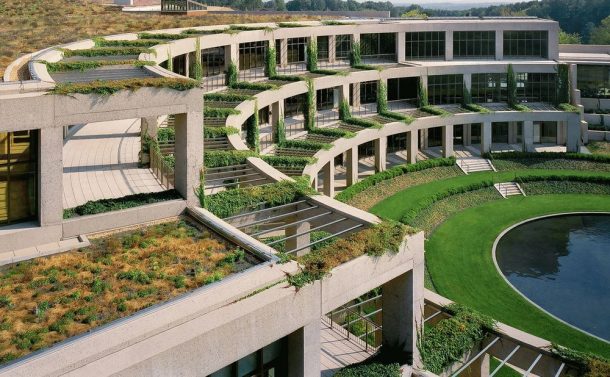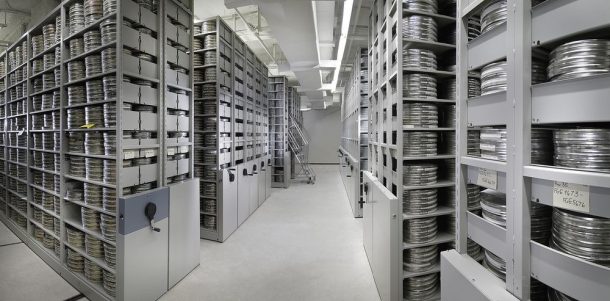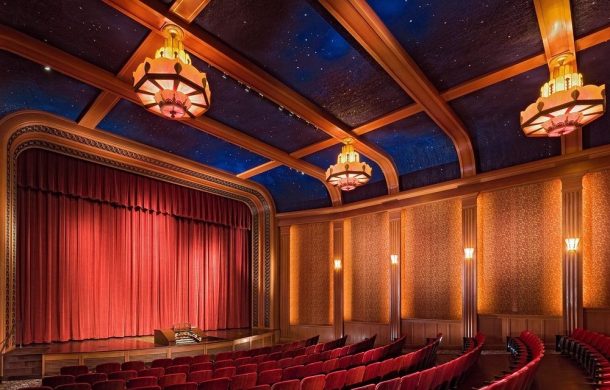There are more than 160 million items stored in the Library of Congress. These items include 23 million books and more than 1.1 million films. They also include television programs and motion pictures dating all the way back to 1890s. There are also 3.5 million audio recordings of public radio broadcasts and music. It is basically a museum of the creative history of the US.
Most of the library’s audio and video collections are stored in a Cold War bunker at the foothills of the Blue Ridge Mountains in Culpeper, Virginia. Known as the Packard Campus of the National Audio-Visual Conservation Center, it is the Library of Congress’s latest audiovisual archive storage facility.

The Packard campus has always been used as a storage unit. It was built in 1969 as a high-tech storage facility where the Federal Reserve Board stored $3 billion in cash. This was to replenish the cash supply east of the Mississippi River in case war broke out with the Soviet Union.
The bunker was decommissioned once the Cold War ended. It remained abandoned for four years before David and Lucile Packard Foundation bought it on behalf of the Library of Congress. Almost $240 million was spent to transform the bunker into the storage facility that it is today.

It has 90 miles of shelf space for collections storage, 35 climate controlled vaults for sound recording, safety film, and videotape. It also has 124 nitrate film vaults. The storage facility houses 6.3 million collection items including all video and audio. It also has 2.1 million supporting scripts, posters, and photos. The archives exceed one million gigabytes. 22,000 new items published in the US arrive every day at the Library of Congress and 10,000 of these items are stored every day.

There is 206 seat theatre at the storage facility and it is open to the public. It holds screenings almost every day of films of cultural significance.
Pretty cool, isn’t it?


